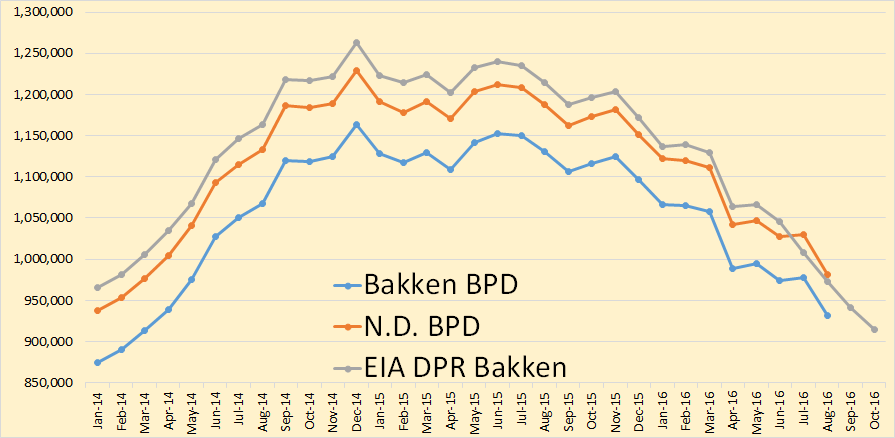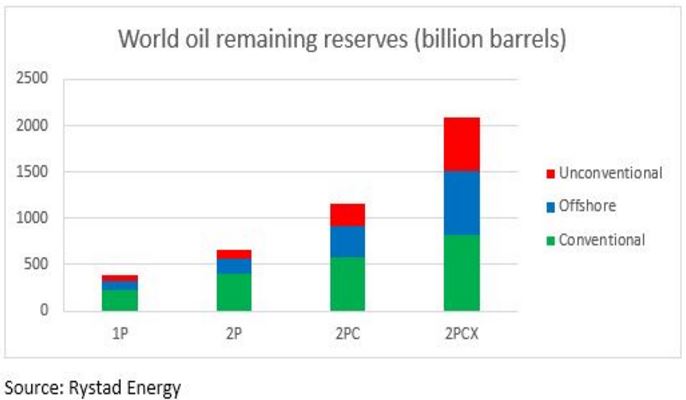Non-petroleum comments here please.
Category: Uncategorized
Bakken Production Down, OPEC Production Up
North Dakota has released August production data for the Bakken and also for all North Dakota.

Bakken production was down 46,433 barrels per day to 930,931 bod, All North Dakota was down 48,695 bpd to 981,039 bpd. This is first time North Dakota has been below 1 million barrels per day since March of 2014.
Open Thread Non Petroleum- Oct. 13, 2016
Please post all non-petroleum related posts here.
World Oil Reserves
Rystad Energy has published an interesting article claiming that the US has more oil reserves than Saudi Arabia… if you include shale oil.
A new independent estimate of world oil reserves has been released by Rystad Energy, showing that the US now holds more recoverable oil reserves than both Saudi Arabia and Russia. For US, more than 50% of remaining oil reserves is unconventional shale oil. Texas alone holds more than 60 billion barrels of shale oil according to this new data.
I will not quote the entire article for copyright reasons but would invite you to go there and check it out. Their final total, their 2PCX reserves, includes undiscovered fields.

Open Thread Non Petroleum- Oct. 10, 2016
Please post all non petroleum comments here. Thanks